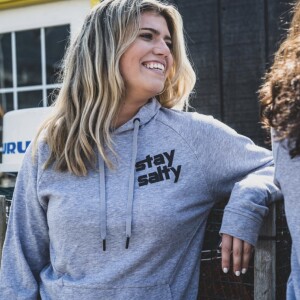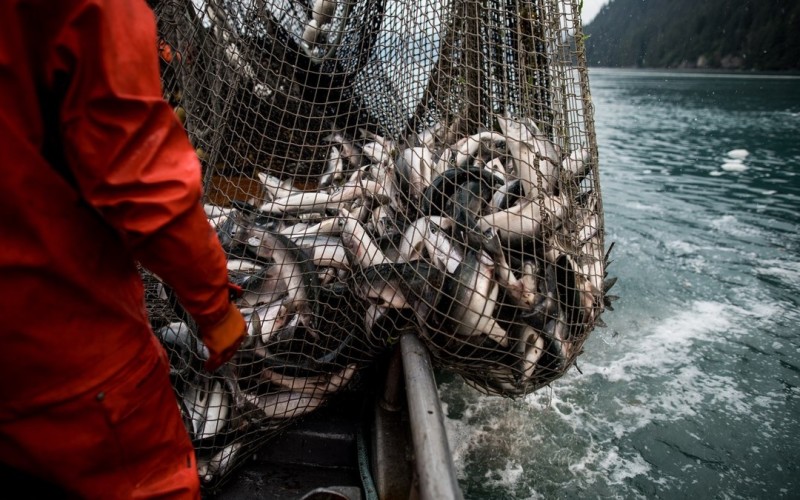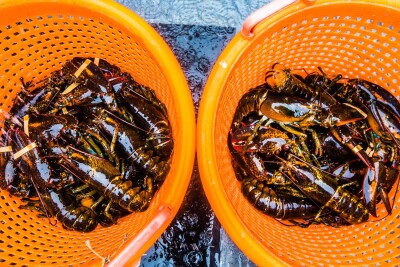The Alaska Seafood Marketing Institute (ASMI) commissioned the McKinley Research Group to compose a research report on Alaska’s seafood industry. The report was titled The Economic Value of Alaska’s Seafood Industry. This report is the latest in the series commissioned by ASMI.
The total economic value of the Alaska seafood industry in 2021 and 2022 was a staggering $6 billion, a figure that underscores the industry's substantial contribution to the state's economy. This is a significant increase from the $5.6 billion recorded in 2019, the last full year before the COVID-19 pandemic. The report, as highlighted by Alaska Public Media, provides a stark warning about the industry’s economic future, making it a crucial read for all industry stakeholders.
The report stated that “a price collapse in 2023 bodes ill for the industry.” The dollar and employment totals didn’t use the 2023 data. However, the report included specific information about one of the leading fisheries affected- sockeye salmon.
The prices paid to commercial fishermen were, on average, less than half of what they were paid in 2022. This ex-vessel price, on average, was 65 cents, the lowest nominal price since 2004. The report stated, “among the lowest prices on record when adjusted for inflation.”
The report stated the reasons for the collapse, claiming that because of inflation, consumer demand plummeted in the United States. A strong dollar and weak yen made Alaska's seafood prices less competitive in Japan, a crucial market for the state’s seafood. The report also shared that a significant amount of 2022 harvested fish was left in inventory, which made wholesalers and retailers less inclined to buy fish in 2023. The global supply of critical species such as pink salmon and pollock increased dramatically, notably from Russia but also in AK.
Based on the data from 2021 and 2022, the state supplied 60% of U.S.-produced seafood. If AK were ranked as an independent nation, it would rank as No. 9 as a global supplier of wild seafood. However, AK provided only 1.8% of the global supply during those years. Wild salmon and crab are considered premium products from the state but only accounted for 9% of the world salmon market and 9% of the world crab market. According to the report, farmed and wild Russian salmon dominate the market. King crab from Russia and snow crab from Canada dominate the world crab market. The closure of Alaskan crab affected the global market.
The U.S. domestic market was the top consumer of Alaska seafood, accounting for $2 billion worth of product; Japan was the second-biggest market, accounting for $650 million worth of Alaska seafood.
The report also shared that the state’s seafood industry, including harvesters, processors, and managers, accounted for 48,000 jobs on average in 2021 and 2022, equivalent to 26,100 full-time positions. This significantly decreased from the 62,200 total jobs in 2019, equivalent to 37,400 full-time positions.
ASMI’s executive director, Jeremy Woodrow, highlighted the report's positive aspects: "The brand of Alaska Seafood is cherished among consumers. The variety and superior quality of products Alaska has to offer are unmatched. Research shows that consumers strongly prefer wild seafood to farmed, want to add more sustainable seafood to their routines, and place a high value on the health benefits of seafood. Alaska has the most passionate fleet behind this industry, and we will weather this storm together and come out stronger on the other side.”







